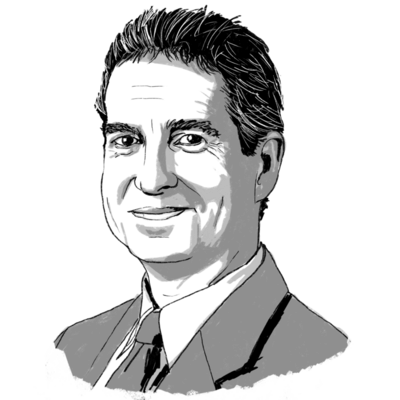Error loading media: File could not be played
00:0000:0000:00
00:00
 David Clark Scott
David Clark Scott
This is a tale of community contagion.
In February, Matthew Gillett and Travis Stoliker, the owners of the Saddleback BBQ restaurant in Lansing, Michigan, gave $1,753.21 to cover all the student lunch debts in the Mason school district.
But that single act of generosity spread. Within two months, the restaurant’s customers and other local businesses joined the giving, paying off $6,300 in lunch debts at nine Michigan school districts.
Why is giving so infectious? Social scientists have a name for the unique feeling of joy people get when they see acts of kindness. They call it “moral elevation.” That feeling, in turn, fosters more giving.
And generosity can be a powerful community change agent. “If frequent bad deeds trigger social disgust, cynicism, and hostility ... then frequent good deeds may have a type of social undoing effect, raising the level of compassion, love, and harmony in an entire society,” researcher Jonathan Haidt wrote in a 2005 article titled, “Wired to be Inspired.”
A recent study looked at decades of research – 88 studies – about what spurs altruism. A persistent conclusion: It’s our nature to be inspired to do good, when we see good.
“I think people are just really yearning for connection and community,” Mr. Stoliker told the Lansing State Journal. It turns out the perfect solution to that yearning is to help others and – intentionally, or not – create the kind of community we most want to live in.

Our name is about honesty. The Monitor is owned by The Christian Science Church, and we’ve always been transparent about that.
The Church publishes the Monitor because it sees good journalism as vital to progress in the world. Since 1908, we’ve aimed “to injure no man, but to bless all mankind,” as our founder, Mary Baker Eddy, put it.
Here, you’ll find award-winning journalism not driven by commercial influences – a news organization that takes seriously its mission to uplift the world by seeking solutions and finding reasons for credible hope.
Explore values journalism About us